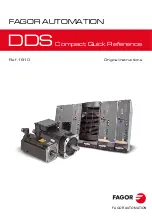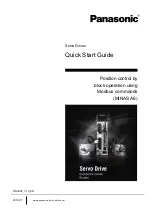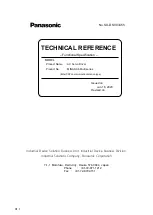
System bus (CAN) with Servo PLC & Drive PLC
System blocks
6.6
CAN_Synchronization
6-20
L
PLC-Systembus EN 1.1
Control mode
Code
LCD
Possible settings
IMPORTANT
Lenze Choice
[C1120] Sync mode
0
CAN Sync source
0
Off
Synchronisation deactivated
1
Synchronisation via system bus (CAN)
Synchronisation via system bus
(CAN) by Sync telegram
2
Synchronisation via terminal
Synchronisation via terminal by
Sync signal:
•
9300 Servo PLC: X5/E5
•
Drive PLC: X3/I1
Synchronisation time
After power-on and the initialisation time of the PLC, additional time is needed for synchronisation.
The synchronisation time depends on
•
the baud rate of the system bus
•
the starting time (input of the first Sync telegram/signal)
•
the time between the Sync telegrams/signals
•
the Sync correction factor (C0363)
•
the control mode (C1120)
Axis synchronisation via system bus (CAN)
The system bus transmits both the Sync telegram and the process signals.
Application examples:
•
Input of cyclic, synchronised position setpoint information for multi-axis applications via the
system bus.
Axis synchronisation via terminal
The Sync signal and the process signals have different transmission paths.
•
The process signals are connected via a selectable input channel (e.g. AIF interface, DF
input).
•
The Sync signal is launched via the terminal:
PLC
Terminal for Sync signal
9300 Servo PLC
X5/E5
Drive PLC
X3/I1
Application examples:
•
Input of cyclic, synchronised position setpoint information for multi-axis applications via other
bus systems (e.g. INTERBUS).
•
Synchronisation of internal processing cycles on higher-level process controls.
Show/Hide Bookmarks
















































